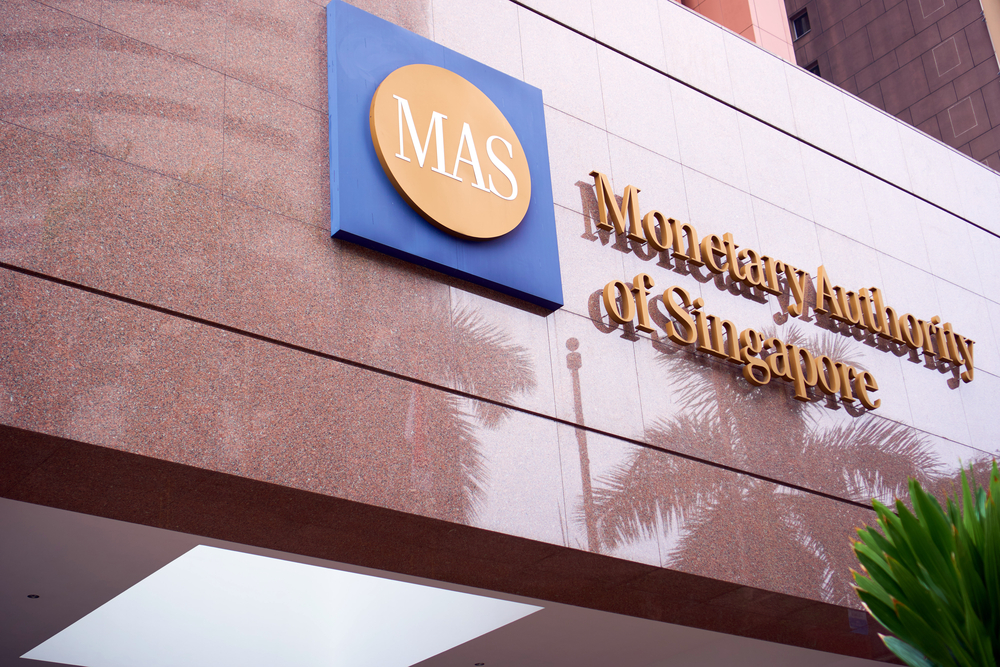Japan’s Largest Bank is Testing Digitized Checks on a Blockchain in Singapore

The Bank of Tokyo-Mitsubishi UFJ, Japan’s largest bank, has chosen blockchain technology as the core infrastructure toward testing the digitization of checks using Singapore’s Fintech-friendly regulatory sandbox installed by the country’s central bank, the Monetary Authority of Singapore.
First announced [PDF] last year, the Proof of Concept (PoC) testing is the result of a joint endeavor between the bank and major Japanese conglomerate Hitachi. The two companies developed a blockchain-based infrastructure to issue, transfer and collect electronic checks. With the PoC testing, the bank issued and settled checks while the Hitachi Group’s companies in Singapore received the electronic checks and then deposited the funds.
“The project is to digitalize entire check processing – from issuing checks to clearing checks,” stated Hirofumi Aihara, general manager at MUFG’s Asian Systems Office, recently. What is commonly seen as a paper-only process, a bank first issuing checks to the customer which is then deposited to a bank in the event of a transaction.
“From a bank’s perspective, we need to process these papers manually, including checking for fraud etc,” explains Aihara, who underlined the need to streamline a paper-reliant, time-consuming process. He cites shorter settlement times, compared to traditional means which could see clearing take up to two days, as one of the primary reasons to push for check digitization.
Blockchain has “Very Powerful Features”
“Of course we can digitalize checks without blockchain,” Aihara stated, adding “but blockchain has very powerful features”, underlining the conscious choice made to pick blockchain tech as the core infrastructure for the PoC prototype.
Blockchain’s functionality would help eliminate fraud by checking for the duplication of check issuance in a transaction. Pointedly, he added:
Without any kind of central database to manage check processing, the [blockchain] system is very easy to implement among banks.
MUFG adds that similar technological approaches can also be applied toward “payment and supply chain finance in non-financial sectors in the future.”
Singapore’s FinTech Sandbox
Singapore’s technology-forward initiatives and its prominence as a center for finance, global trade and travelers alike establishes the country as one of the world’s foremost hubs. Further, its proximity as a gateway into Asia makes Singapore see a significant volume of payments flowing through the country. Not one to miss a beat, Singapore’s central bank unveiled its FinTech regulatory sandbox in November, a space wherein FinTech startups and companies can experiment with financial processes or services with regulatory safeguards.

“We can enjoy and try to utilize the regulatory sandbox capabilities provided by the MAS to have these experiments in production,” Aihara confirmed.
As MUFG trials blockchain-based digitized checks beyond the lab space in Singapore, a successful trial would mean expansion of digitized checks to other countries in the region.
In 2016, the bank confirmed experiments of “MUFG Coin”, its proprietary digital currency. Based on blockchain technology, the bank could become the world’s first global financial institution to issue its own digital currency, with reports pointing to a launch sometime this year.
Images from Shutterstock.